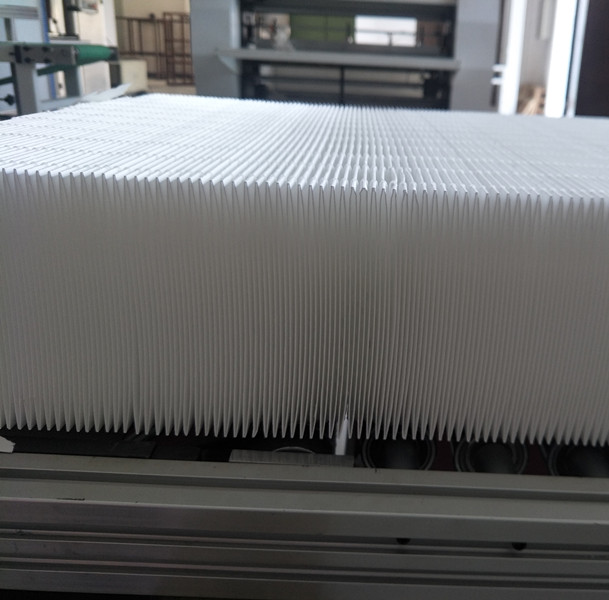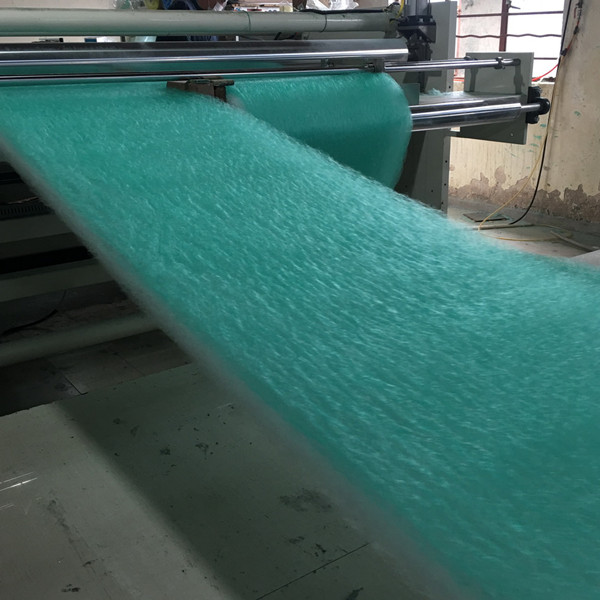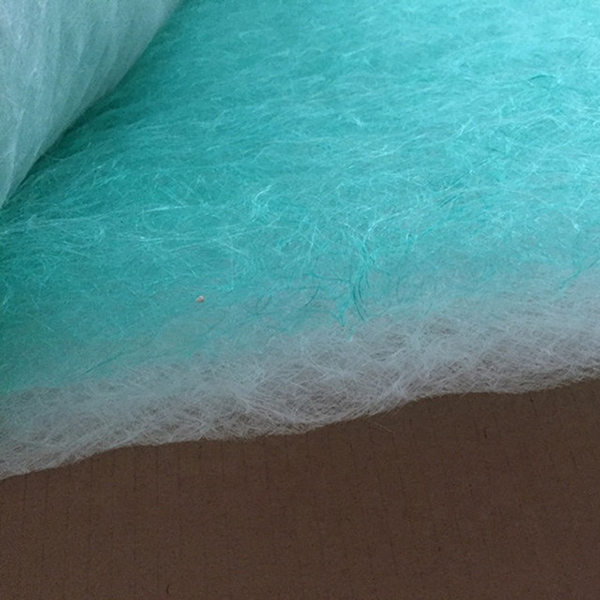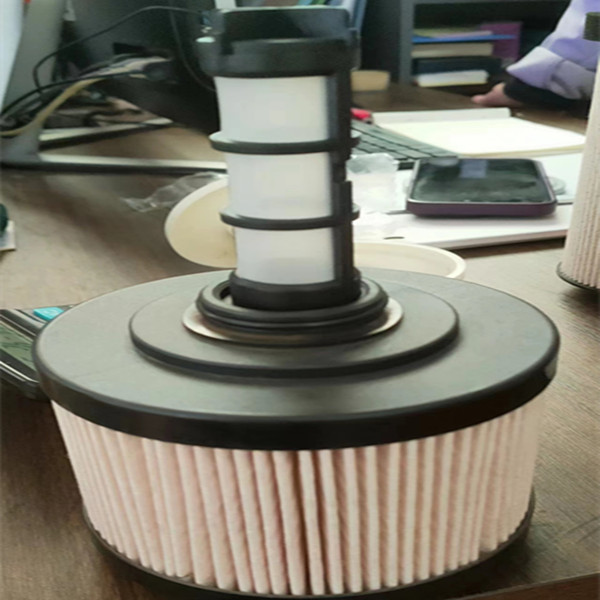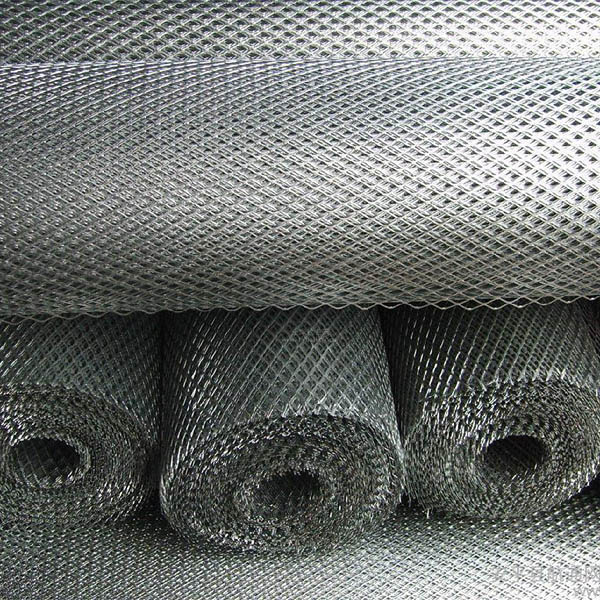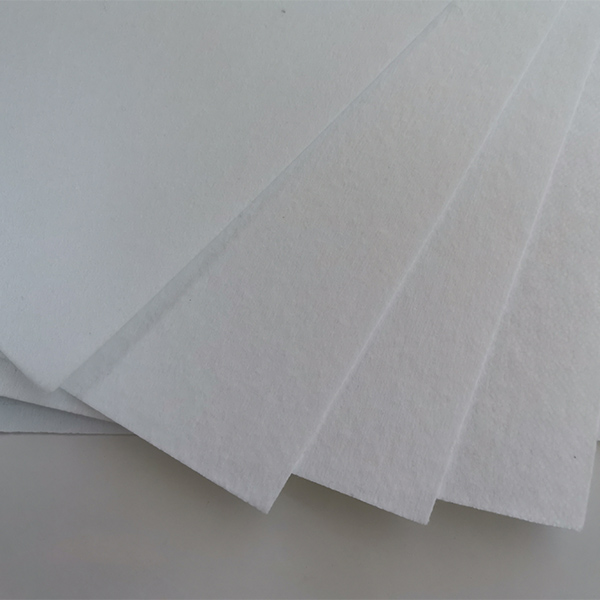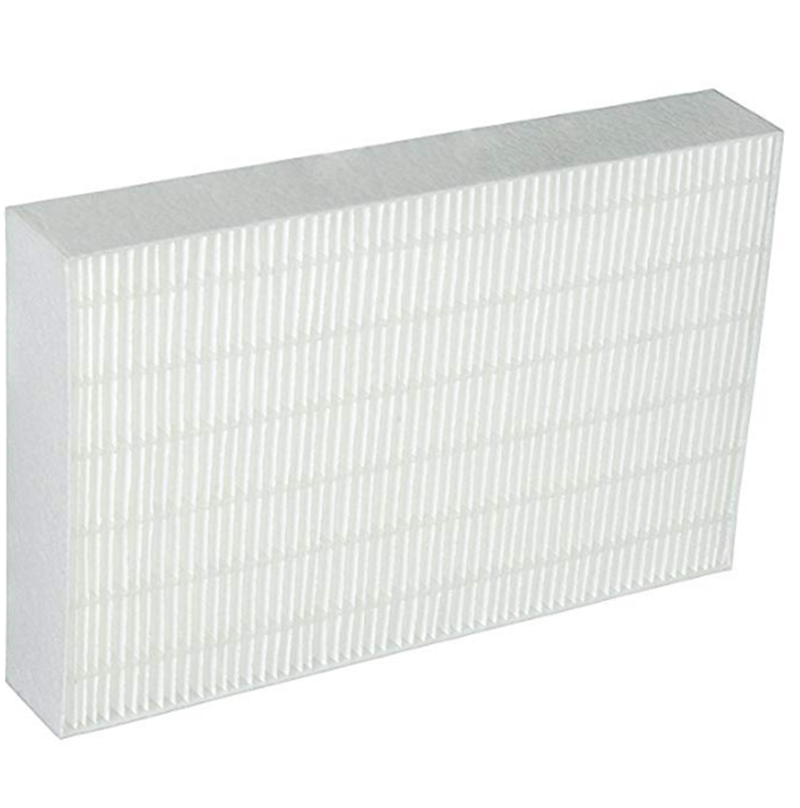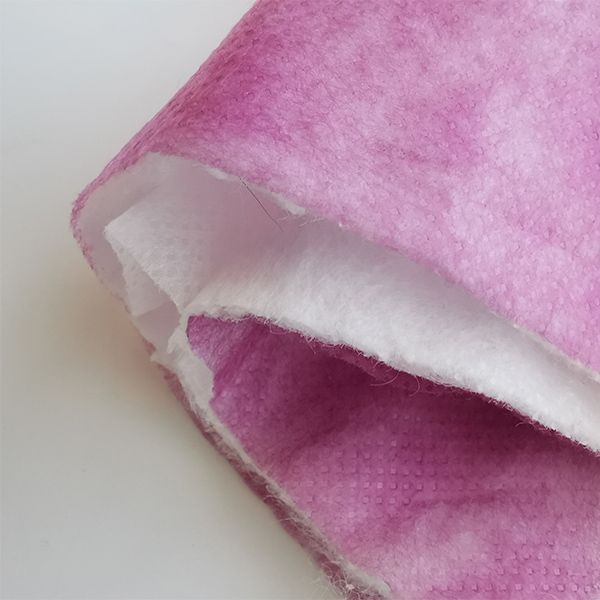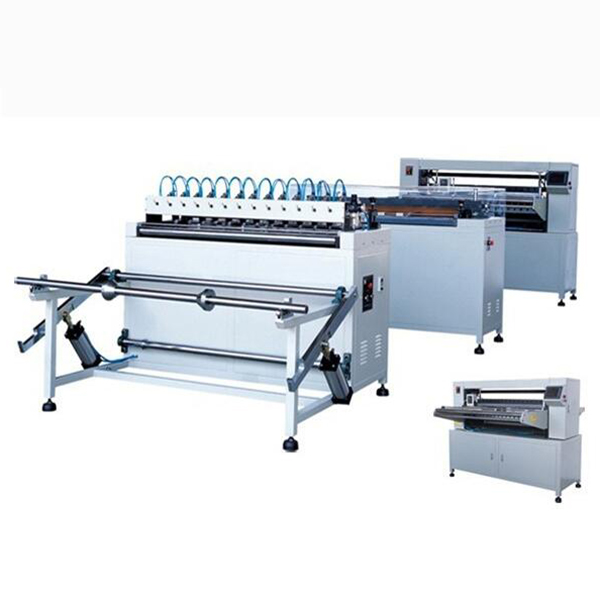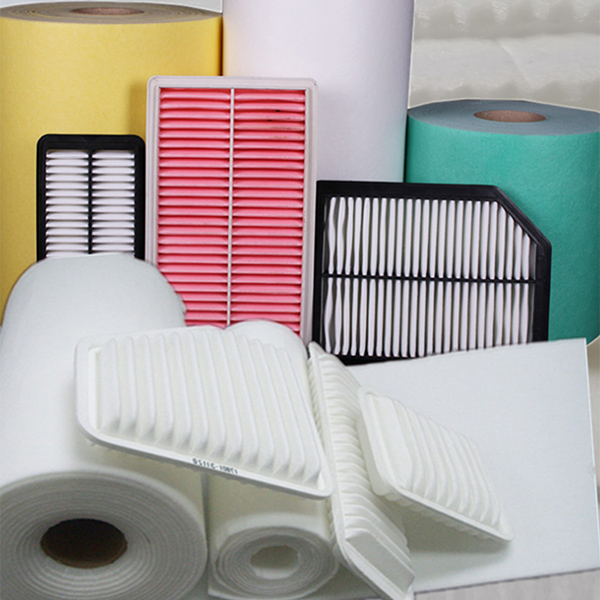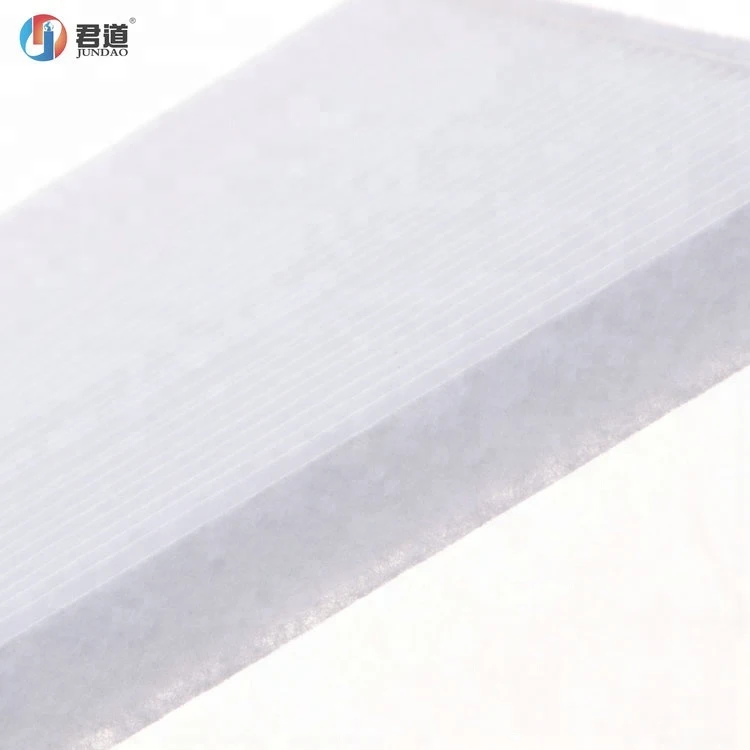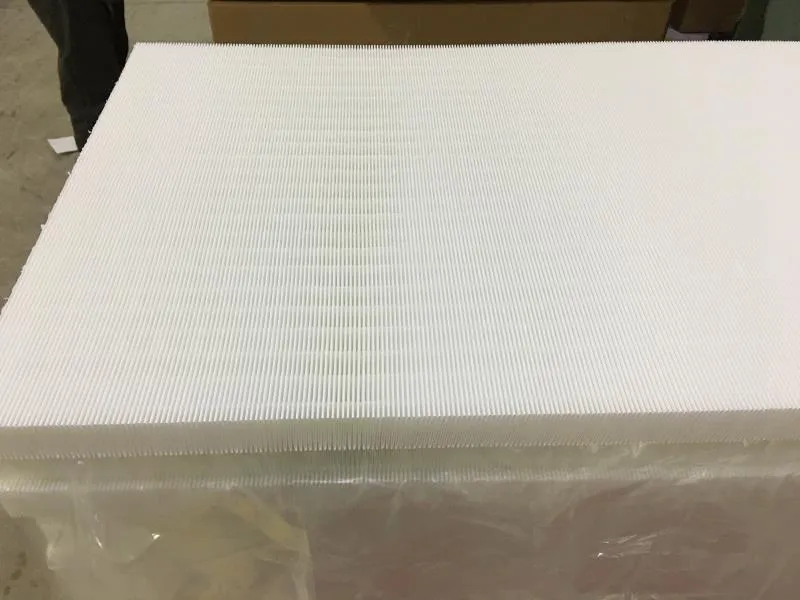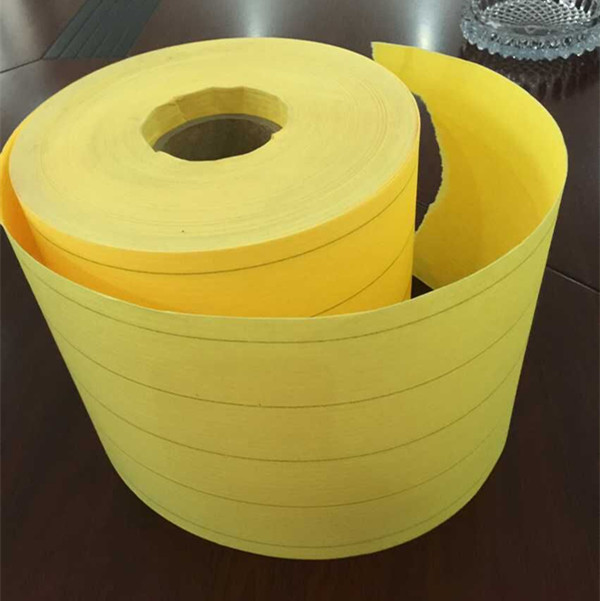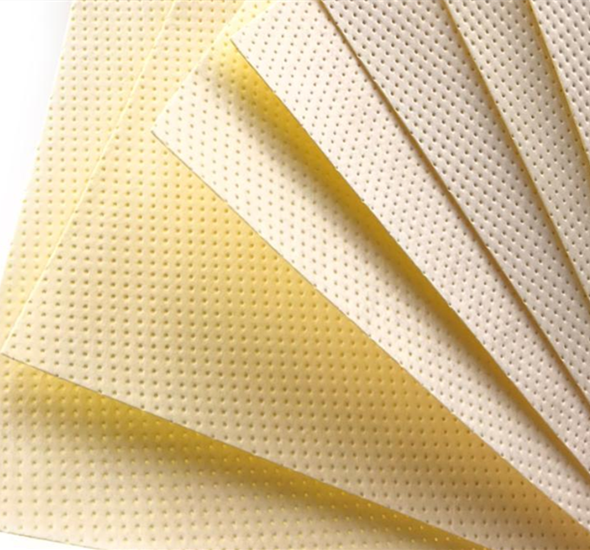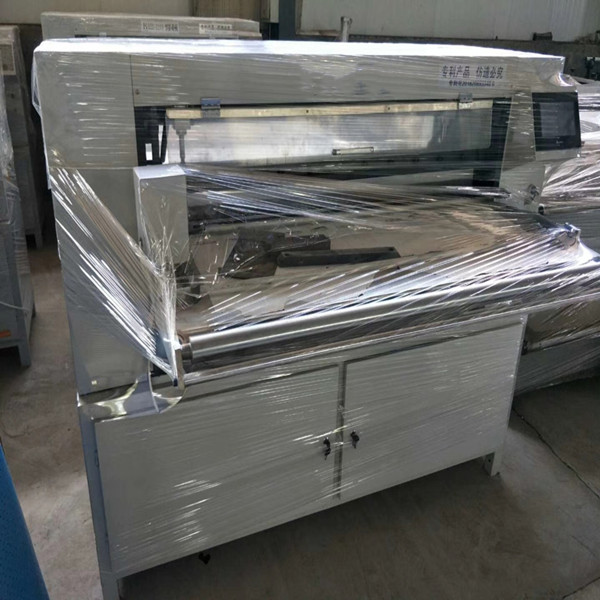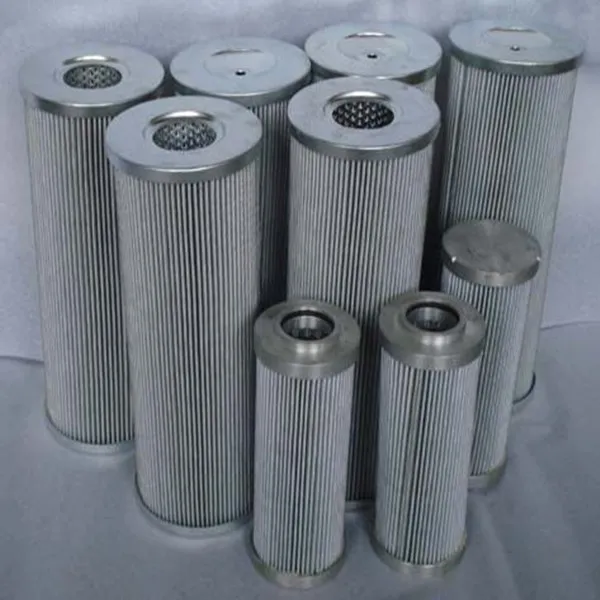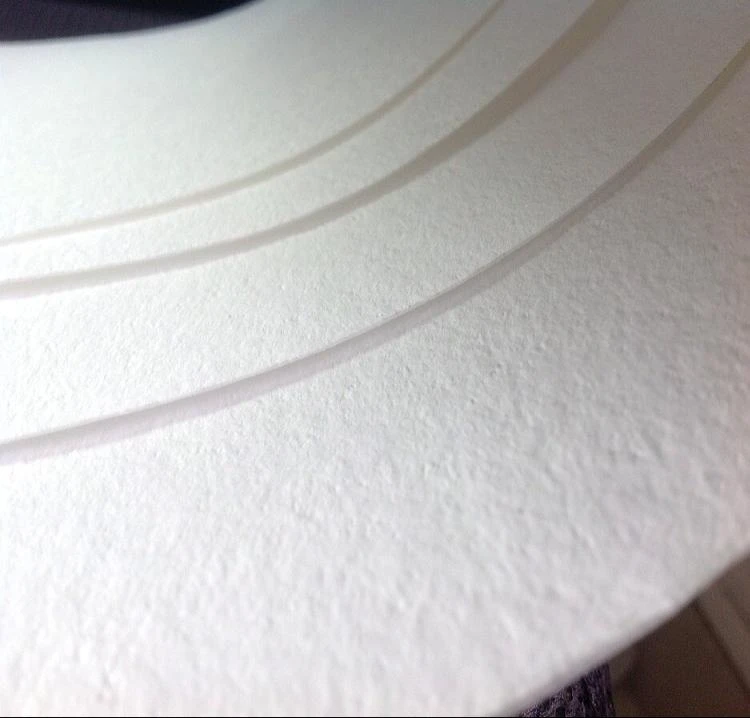Transporti publik është bërë një vend i ri rreziku i fshehur për infeksionin e ri të pneumonisë së kurorës dhe rreziku i transmetimit është i lartë. Ka pasur shumë raste të transmetimit dhe sëmundjeve të shkaktuara nga transporti me autobus, taksi dhe metro. Gjatë periudhës së parandalimit dhe kontrollit të epidemisë, përveç forcimit të menaxhimit të parandalimit dhe kontrollit të epidemisë në fushën e transportit (si hapësira e sediljeve, reduktimi i shitjeve të biletave, etj.), dhe zvogëlimi i rrezikut të transmetimit të virusit në transportin publik, drejtimi i makinës është bërë mënyra më e sigurt e udhëtimit.
Por a është vërtet e pagabueshme të udhëtosh me makinë?
Në fakt, megjithëse drejtimi i një makine private mund të zvogëlojë në mënyrë efektive probabilitetin e kontaktit me pacientët me pneumoni të re koronare në krahasim me metrotë dhe autobusët, por për shkak se vetë makina është një mjedis i mbyllur, pasi pasagjeri ka një person të infektuar, ju mund të infektoheni. Seksi gjithashtu është rritur shumë. Prandaj, edhe pse ngasja është mënyra më e sigurt e transportit në një masë të caktuar, nuk duhet të anashkalojmë masat e nevojshme mbrojtëse gjatë drejtimit të një automjeti. Përveç masave të sigurisë të përmendura këtu, ne ende duhet të reduktojmë kontaktin e ngushtë dhe të vazhdojmë të mbajmë maska. Si të zgjidhet problemi i rritjes së probabilitetit të transmetimit ajror të virusit në një mjedis të mbyllur makine nga burimi ia vlen të eksplorohet më shumë, sepse kjo nuk ndodh vetëm gjatë epidemisë. Duhet të kemi parasysh masat e sigurisë. Jashtë epidemisë, cilësia e ajrit të brendshëm të makinave është gjithashtu e lidhur ngushtë me shëndetin dhe komoditetin tonë.
How to improve the air quality in the car? In-car air quality has always been the focus of consumers’ attention. The new car quality research (IQS) report of the world’s authoritative research organization J.D. Power shows that car interior odor has become the first dissatisfaction in the Chinese market for many years. The main factors affecting air safety in the car are: 1. Air pollution outside the car. Car exhaust, PM2.5, pollen and other harmful suspended particles sneak into the car through the car window or air conditioning system. 2. Interior materials. There are a large number of non-metallic parts that are easy to volatilize in the car, such as plastic door panels, leather seats, and damping panels. There are 8 common volatile organic compounds in vehicles, and clear limits are given for these 8 substances in the national standard GB/T 27630-2011 “Guidelines for Air Quality Evaluation of Passenger Cars”. Serial number project Restriction requirements (mg/m³)
1 benzene ≤0.11
2 Toluene ≤1.10
3 Xylene ≤1.50
4 Ethylbenzene ≤1.50
5 Styrene ≤0.26
6 formaldehyde ≤0.10
7 Acetaldehyde ≤0.05
8 Acrolein ≤0.05
In order to solve the peculiar smell in the car and improve the air safety in the car, it is necessary to increase the cycle purification link in the closed car environment, and there is no doubt that the car air conditioning filter has become an important responsibility. The car air conditioner provides the original power for the exchange of indoor and outdoor air, but in order to satisfy the purification of the indoor circulating air, the outdoor air enters the car after being filtered. The filter becomes an essential artifact for the car owner! The small body shows great power, creating a safe and reliable space in the car, allowing car owners to enjoy healthy breathing at all times. Editor’s reminder: In order to avoid secondary pollution of the car air conditioner filter, generally speaking, it should be replaced after two to three months of use (the specific replacement frequency can be considered according to the actual frequency of use)

